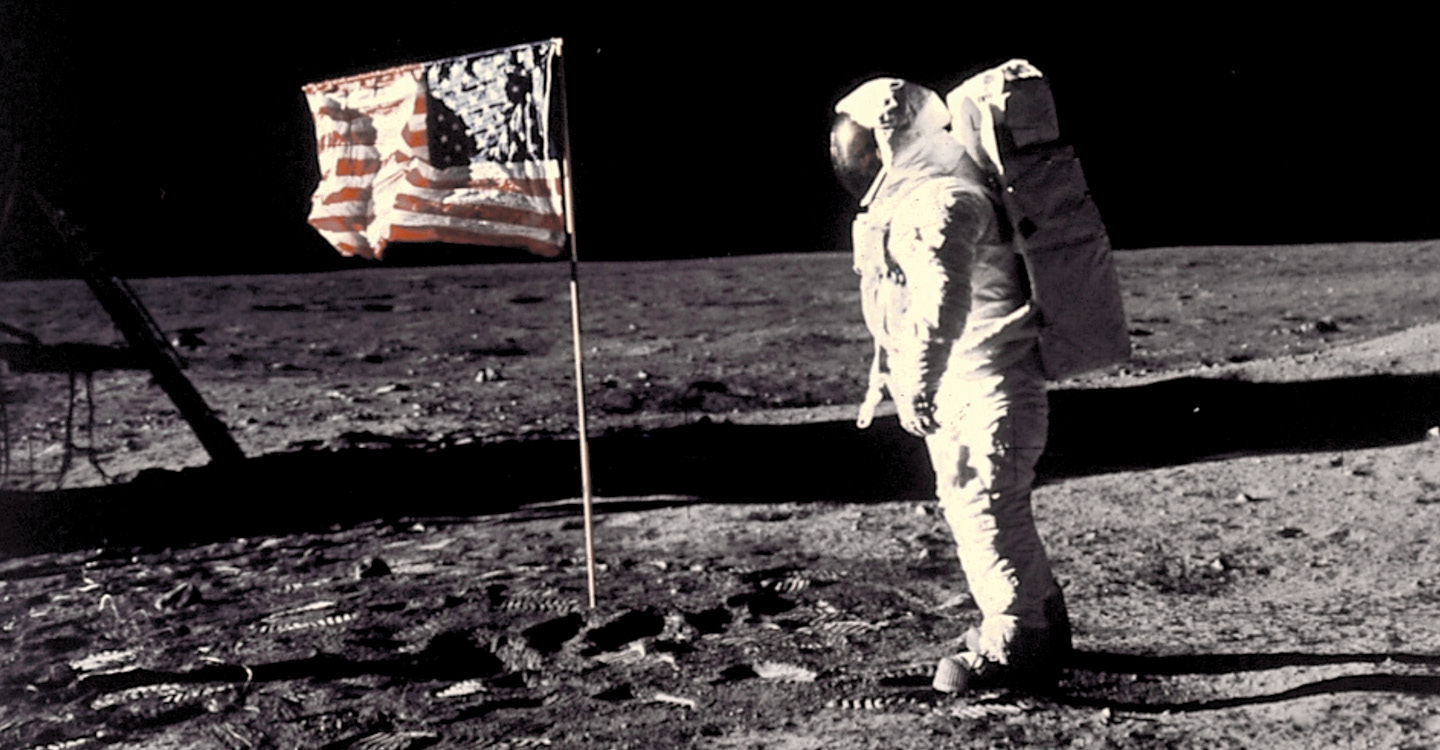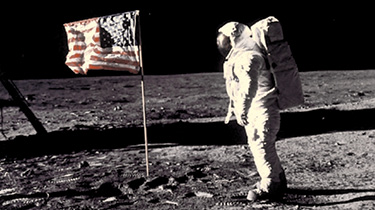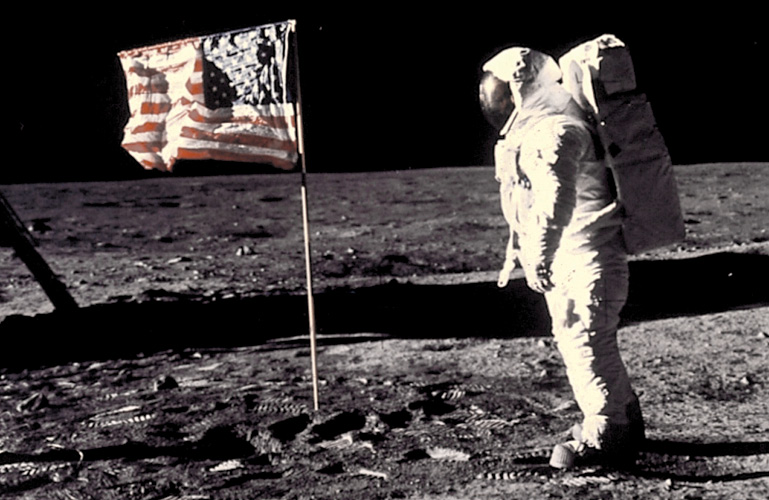Arnie Sachs/Cnp Via Zuma Wire/Zumapress.com
President Kennedy addresses Congress about the moon mission, 1961.
In January, China achieved something no other nation has: It landed a spacecraft on the far side of the moon, the area that’s not visible to people on Earth.
In April, Israel attempted to become only the fourth country, after the Soviet Union, the United States, and China, to land a spacecraft on the lunar surface. (The spacecraft appeared to crash on the moon.) Two more moon missions are scheduled for later this year, one by India and another by China.
The U.S.—still the only nation ever to send people to the moon’s surface—is also rushing back to the moon. Since taking office, President Trump has vowed to send astronauts there for the first time since 1972, and the National Aeronautics and Space Administration (NASA) said in April that it aims to do so within a decade.
All of these moon missions have people talking of a new space race. The original space race, between the U.S. and the Soviet Union, was part of the Cold War—a larger struggle between the two world powers for political and military dominance. The U.S. took the top prize in the race 50 years ago this summer when Apollo 11 astronauts Neil Armstrong and Edwin “Buzz” Aldrin became the first humans to set foot on the moon.
How did that first lunar landing come about—and why, 50 years later, are countries once again racing to the moon?
In January, China achieved something no other nation has ever done. It landed a spacecraft on the far side of the moon. That’s the part of the moon that isn’t visible to people on Earth.
In April, Israel attempted to land a spacecraft on the lunar surface. The spacecraft appeared to crash on the moon. If Israel had been successful, it would’ve been only the fourth country to land an object on the moon, after the Soviet Union, the United States, and China. Two more moon missions are scheduled for later this year, one by India and another by China.
The U.S. is still the only nation ever to send people to the moon’s surface. Now the U.S. is also rushing back to the moon. Since taking office, President Trump has vowed to send astronauts there for the first time since 1972. The National Aeronautics and Space Administration (NASA) said in April that it aims to do so within a decade.
All of these moon missions have people talking of a new space race. The original space race was between the U.S. and the Soviet Union. It was part of the Cold War. That conflict was a broader struggle between the two world powers for political and military dominance. The U.S. took the top prize in the race 50 years ago this summer. That’s when Apollo 11 astronauts Neil Armstrong and Edwin “Buzz” Aldrin became the first humans to set foot on the moon.
How did that first lunar landing come about—and why, 50 years later, are countries once again racing to the moon?



